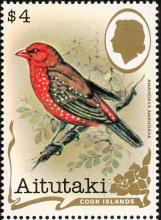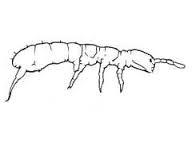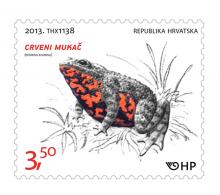Imidacloprid impairs sexual behavior and secondary sexual characters in red munia
The exposure effects of two endocrine disrupting pesticides (EDPs), mancozeb/MCZ and imidacloprid/IMI of the group dithiocarbamate and neonicotinoid respectively, on reproductive behaviors and secondary sexual characters have been studied in a seasonally breeding wildlife bird, red munia (Amandava amandava). Adult male birds were exposed to both the pesticides individually (0.25% LD50 of each) as well as co-exposed (MIX-I: 0.25% LD50 of each and MIX-II: 0.5% LD50 of each) through food for 30 d in preparatory (July–August) and breeding (September–October) phase of reproductive cycle.










